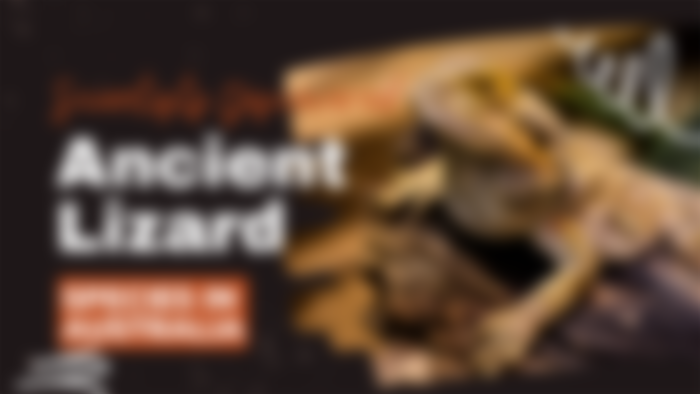Scientists Discovered Ancient Lizard like Species in Australia

In a remarkable discovery that has ignited the curiosity of scientists and enthusiasts alike, a team of paleontologists in Australia has unearthed the remains of an ancient lizard-like species that roamed the continent's landscapes millions of years ago.
This groundbreaking find not only sheds light on Australia's rich prehistoric biodiversity but also offers insights into the evolutionary history of reptiles.
Unearthing the Past
The fossilized remains, carefully excavated from a site in the heart of the Australian outback, belong to a previously unknown lizard-like species that thrived around 100 million years ago during the Cretaceous period.
Researchers have named the creature "Australacerta sauriana," paying homage to its Australian origins and lizard-like characteristics. The remarkably well-preserved fossils are providing a window into the world of these ancient reptiles, enabling scientists to piece together their anatomy, behavior, and ecological role.
Adaptations and Significance
The newfound species, Australacerta sauriana, possessed a unique set of adaptations that set it apart from modern-day lizards. With its sturdy limbs and elongated body, it likely navigated its environment both on land and in water, suggesting a semi-aquatic lifestyle.
This revelation challenges our understanding of how reptiles adapted to various habitats during the Cretaceous period.
The discovery is a significant milestone for both paleontology and evolutionary biology. By studying the features of Australacerta sauriana, scientists are gaining valuable insights into the transitions that occurred as reptiles evolved and adapted to changing environments.
This newfound knowledge contributes to our broader understanding of the web of life that existed on Earth long before humans appeared.
Reconstructing Ancient Ecosystems
The fossil record isn't just a collection of ancient bones; it's a portal to understanding the ecosystems that thrived in the past. Through meticulous examination of the fossils and the sediments in which they were found, researchers are piecing together the puzzle of ancient Australia's landscapes.
This newfound species provides a missing link in reconstructing the intricate relationships between different organisms and their environments during the Cretaceous period.
Implications for Conservation
While the discovery itself pertains to an extinct species, its implications extend to the conservation of modern biodiversity. By delving into the evolutionary history of reptiles and their adaptations, scientists can gain valuable insights into how animals respond to environmental changes.
This knowledge is crucial in informing conservation efforts aimed at preserving today's fragile ecosystems and the species that inhabit them.
Conclusion
The unearthing of the ancient lizard-like species, Australacerta sauriana, in Australia is a testament to the power of scientific exploration and discovery. This remarkable find offers a glimpse into a world that existed millions of years ago, painting a vivid picture of the landscapes, ecosystems, and species that once thrived.
As researchers continue to analyze these fossils, we can look forward to even more revelations about the history of life on Earth and the intricate web of connections that bind all living creatures across time.
Photo made from Canva
